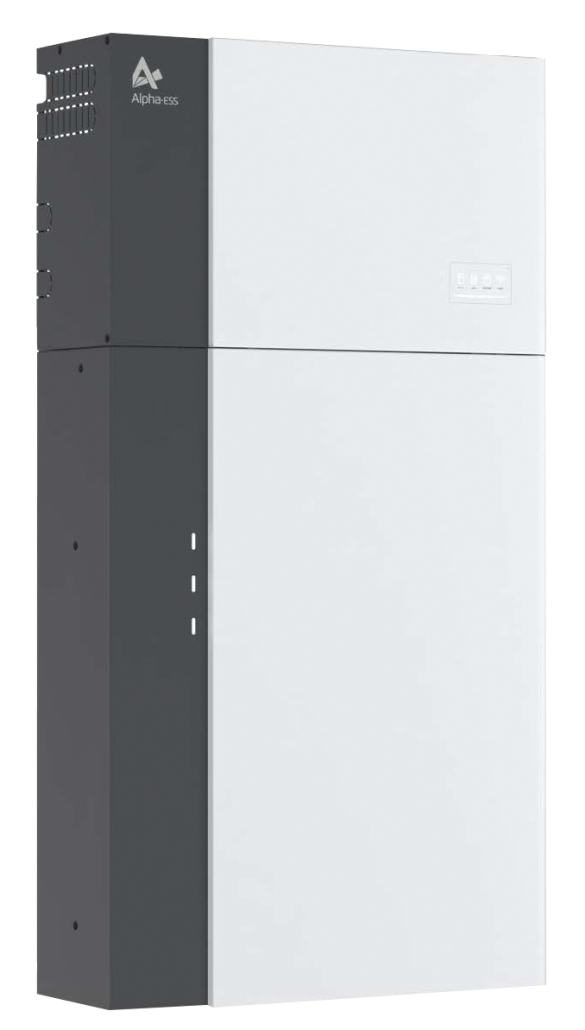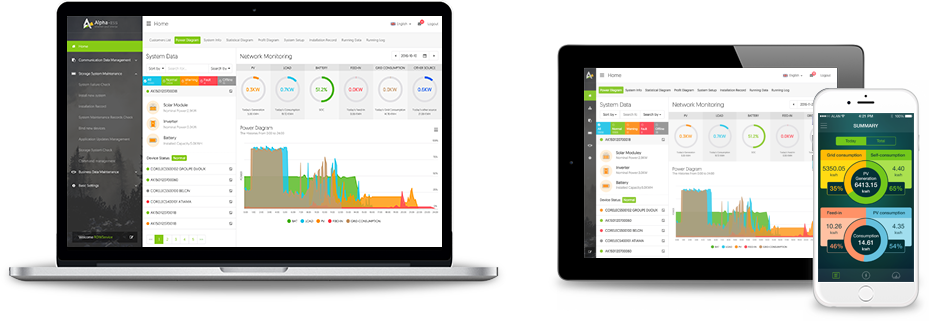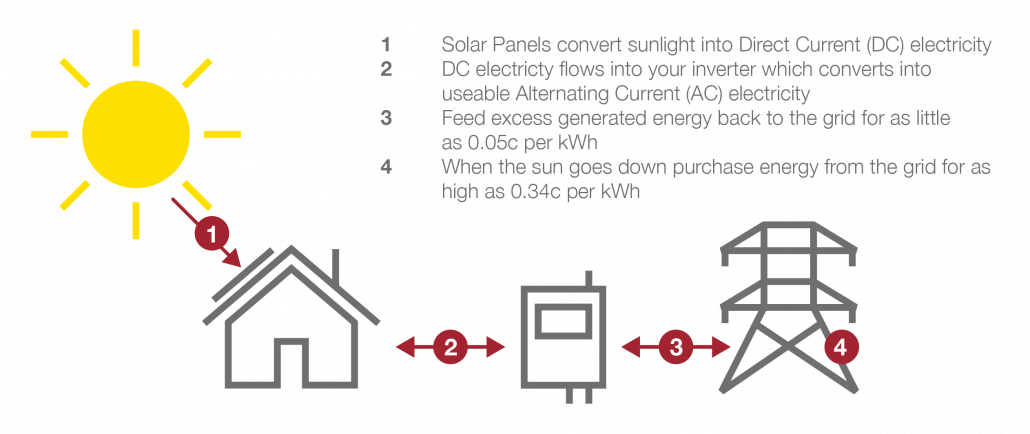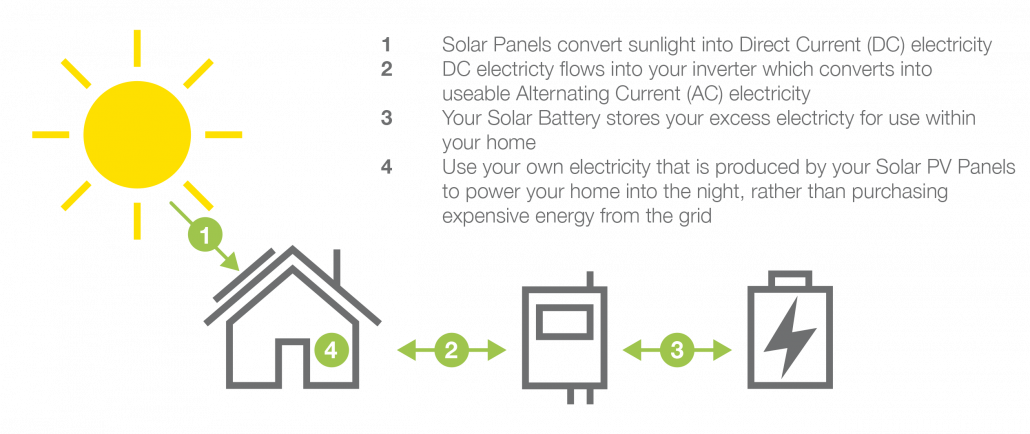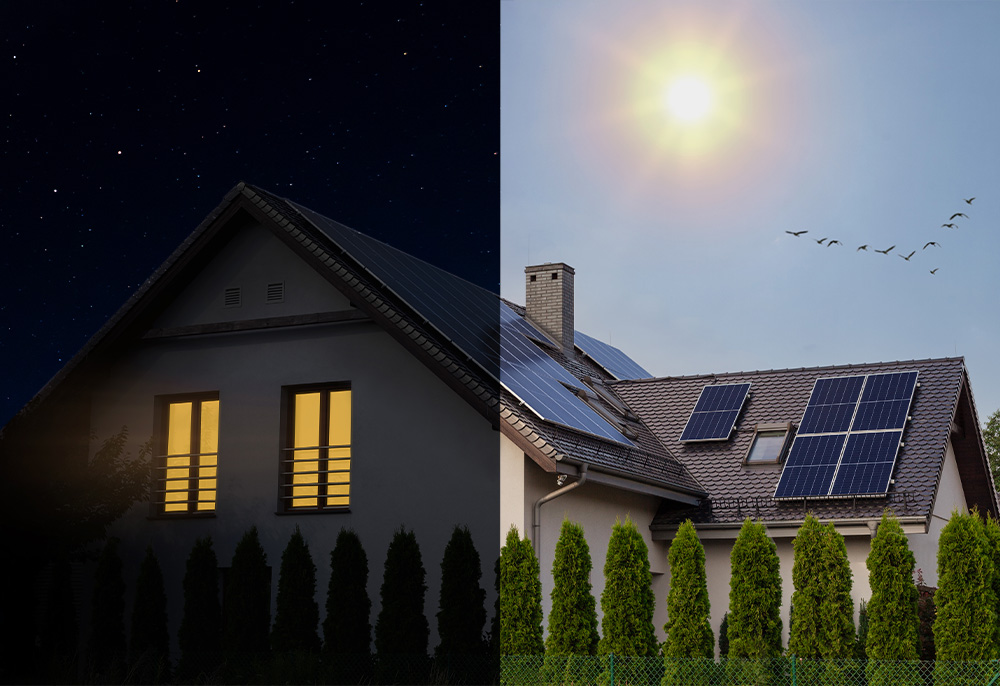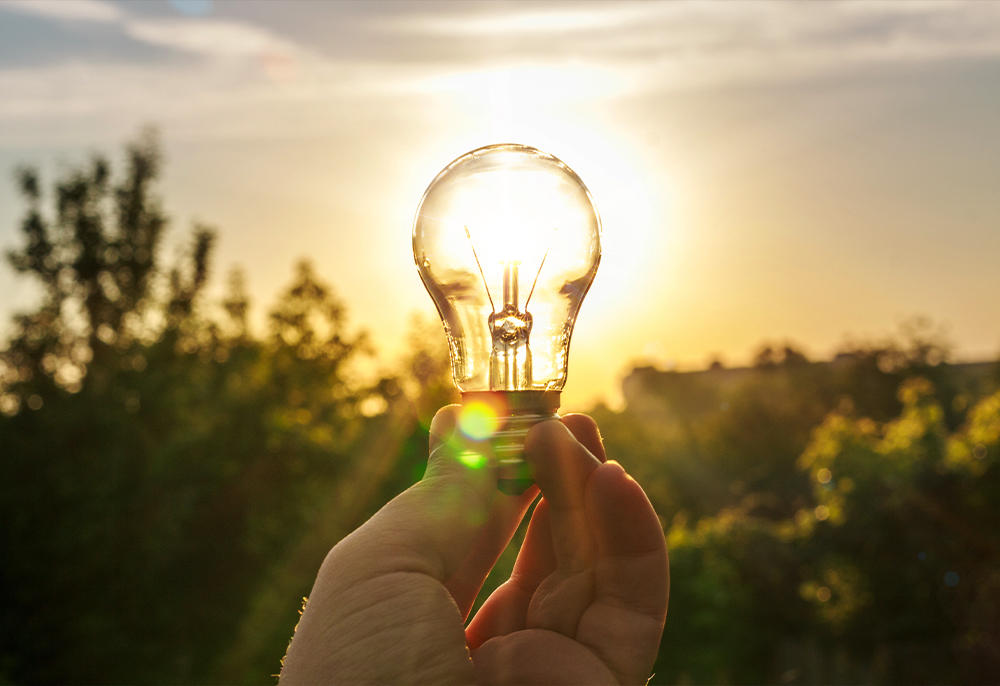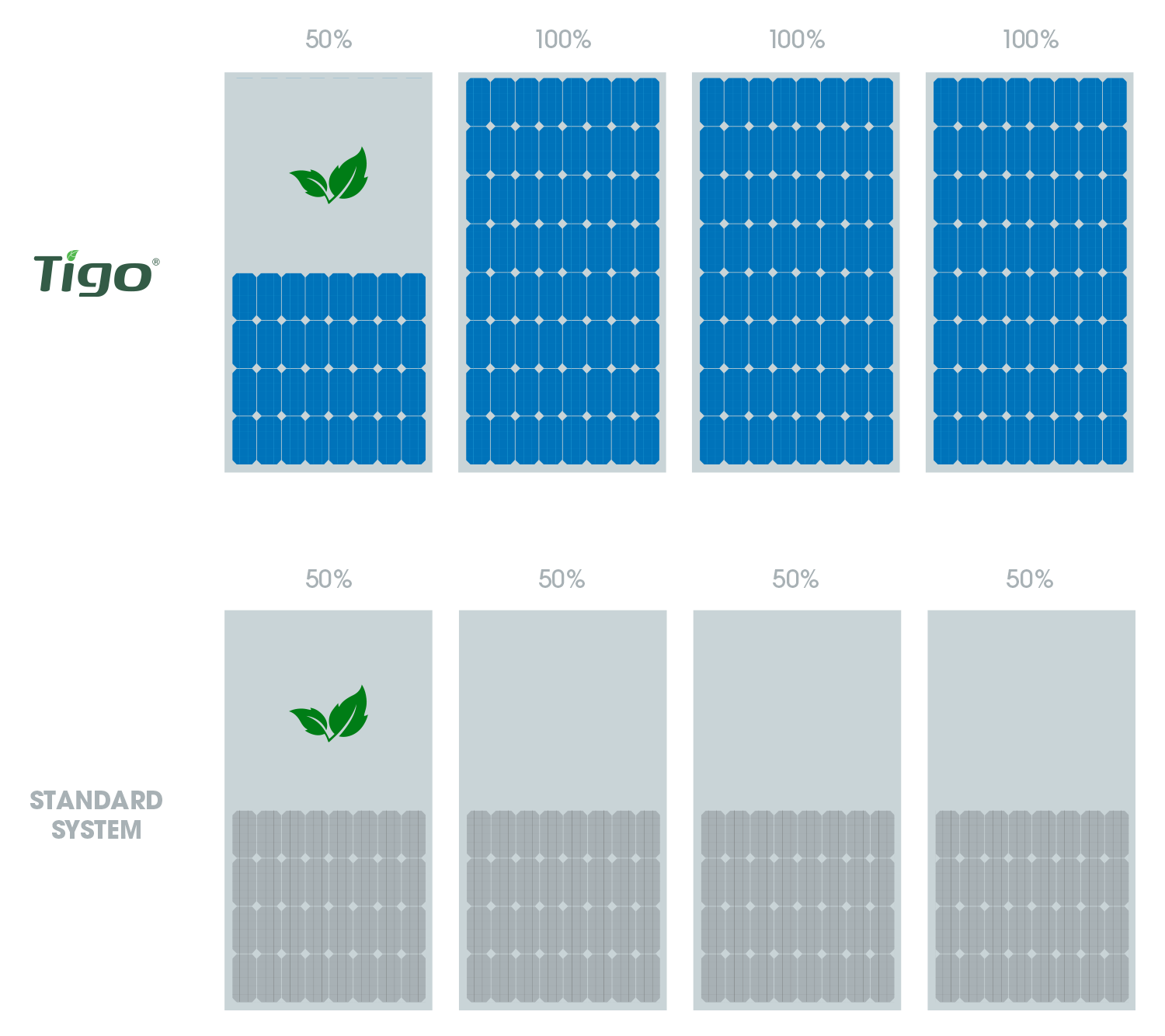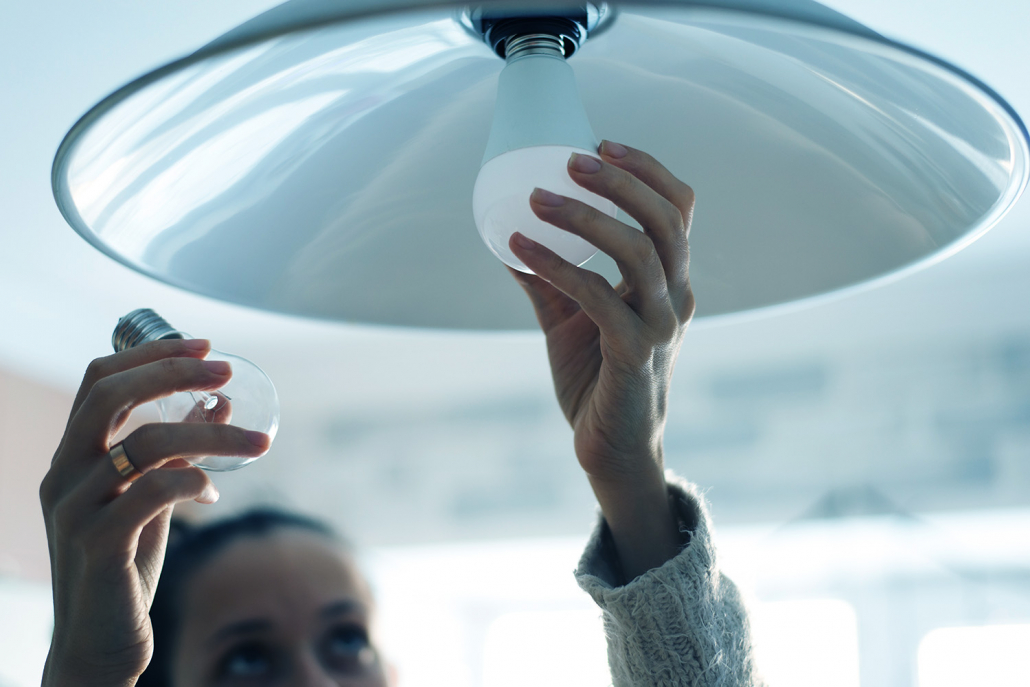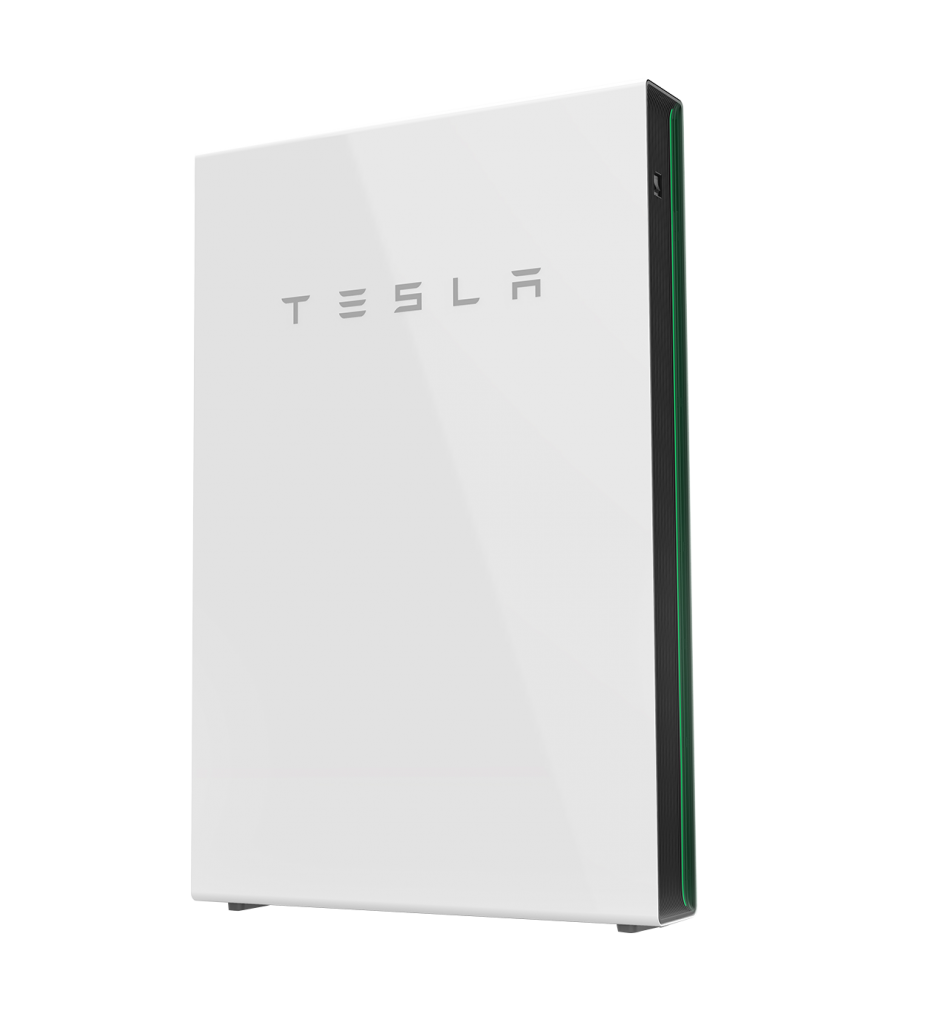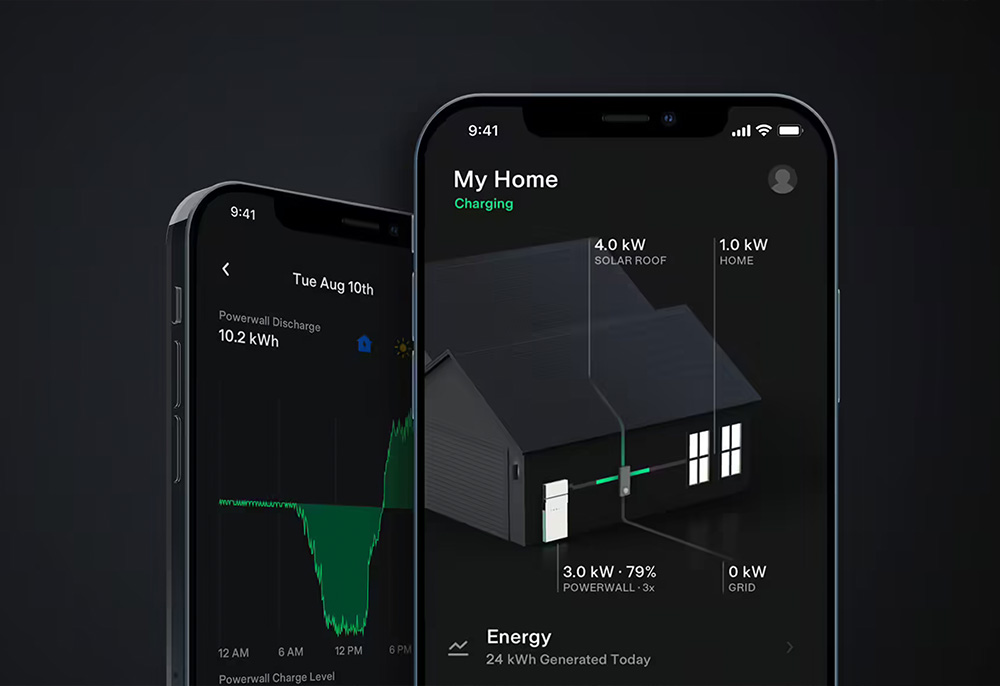Installing solar panels on the roof is arguably one of the best investments any homeowner can make. One of their best features is that solar PV systems are not difficult to maintain, mainly because they have been designed and built to withstand all kinds of weather, remaining outdoors throughout most of their product life.
However, to get the most value out of your solar panels and ensure they last you for the next 25-30 years*, it’s important to understand your PV system’s required regular maintenance needs. So, whether you are thinking of adding new panels to your home or have had them for a while, read on and we’ll explain what you need to keep everything in tip top shape.
Your step-by-step guide on solar panel maintenance
Step # 1: Keep your panels in full sun
Sounds obvious, no? Technically, this is not related to the maintenance of the panels themselves, but it should come as no surprise that ensuring your panels receive as much sunlight as possible is very important for maximum energy generation.
For this one, keep an eye out on trees and other structures that may partially block your PV system. Remember: if you don’t have microinverters (and most systems don’t), the efficiency of the whole array will be reduced to the weakest performing panel!
Step # 2: Your panels should be cleaned at least once a year
Your panels are exposed to the elements day and night; as you can imagine then, dust, bird droppings, leaves and all kinds of debris can build up quickly and obstruct the surface of the panels – blocking sunlight which will impact your system’s performance.
A golden rule is that once a year, you need to get on your roof or pay for your panels to be cleaned. This will vary depending on the climate, the tilt of your panels, etc. For example, if the solar panels are completely horizontal, they’ll need cleaning more often than when they’re angled.
If you decide to do it yourself, we recommend you doing some prior research on solar cleaning kits, as some domestic cleaning products can be too harsh or leave scratches on the panel’s surface that will have the opposite intended effect of maximising your solar output. Also, stay away from pressure washers or walking on top of the panels!
If you prefer to organise for your solar panels to be cleaned by a professional, simply search for reputable companies near you and get a few quotes in. Professional cleaning can cost you up to $20 per panel, but that cost should be easily covered with the electricity savings you enjoy throughout the life of your PV system.
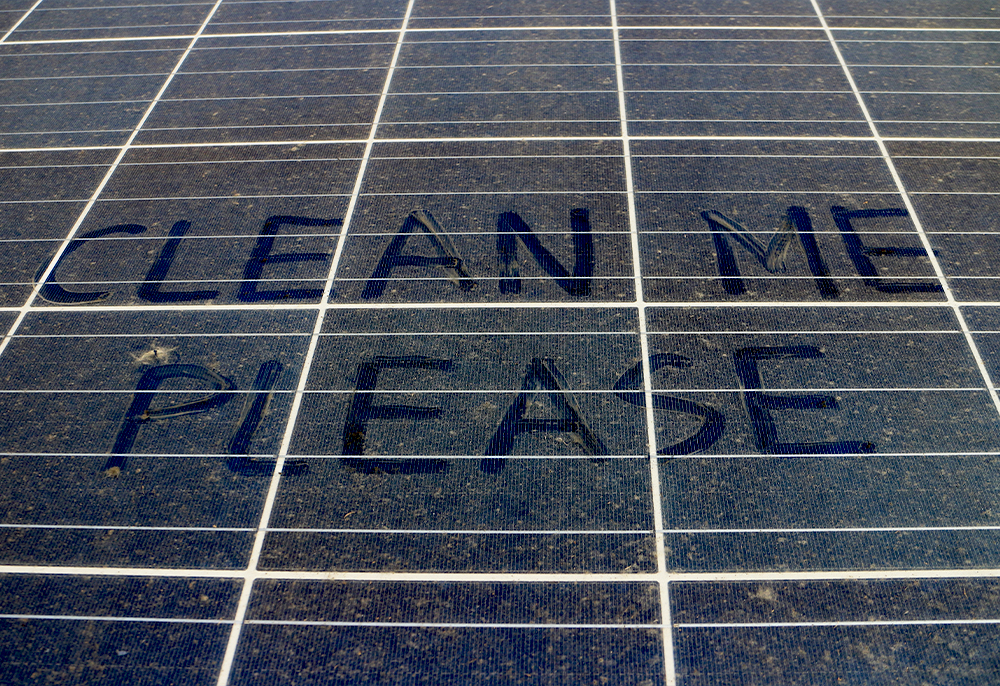
Step # 3: Pay attention to your monitoring app
We know it is not possible to be on the roof looking at your panels every day – enter your solar monitoring app. Keeping a regular eye on the app of your solar (and battery) will serve as a good first indicator there could be an issue with your system. Be on the lookout for any drops in production or other irregularities for no apparent reason – this is a common signal your solar may need some maintaining. It is a good idea to check on the panels themselves, search for cracks or scratches, or perhaps it may be time for a clean. In very rare cases, you could identify a technical issue with your panels; your solar installer will need to be contacted to arrange a home visit.
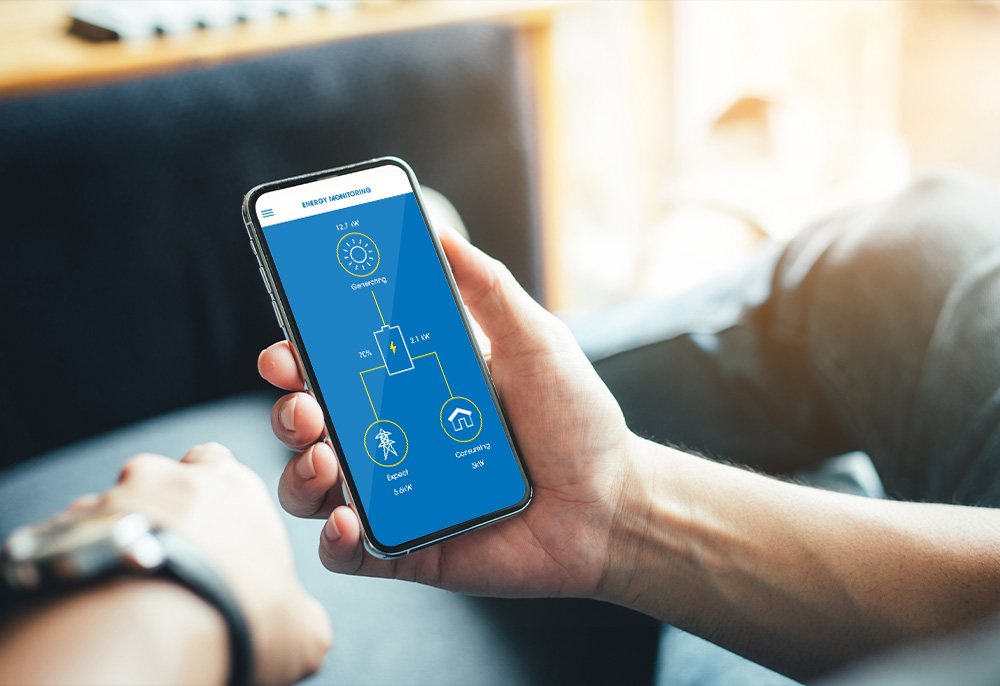
Step # 4: Organise a regular inspection of the system
We recommend you hiring a professional to inspect your system once a year. Essentially, during a solar panel inspection, someone – could be your solar installer, a licenced electrician or a Clean Energy Council-accredited entity, will come to your home and ensure every component of your PV system is working properly. You can even ask to combine an inspection with the annual recommended clean to save in travel costs.
An annual inspection should ensure:
- Panels are clean, free of defects and secure on the roof
- Switches and wiring have no defects and are securely attached
- Electrical checks are passed for safe operation
- There is no corrosion or deteriorated parts
- Any recorded faults in the inverter display panel are reviewed
- Access to the isolator switch is maintained
- Emergency procedures for shutdown and isolation are clearly displayed
It is important to note that most solar panel warranties require proper maintenance of the panels for full coverage.
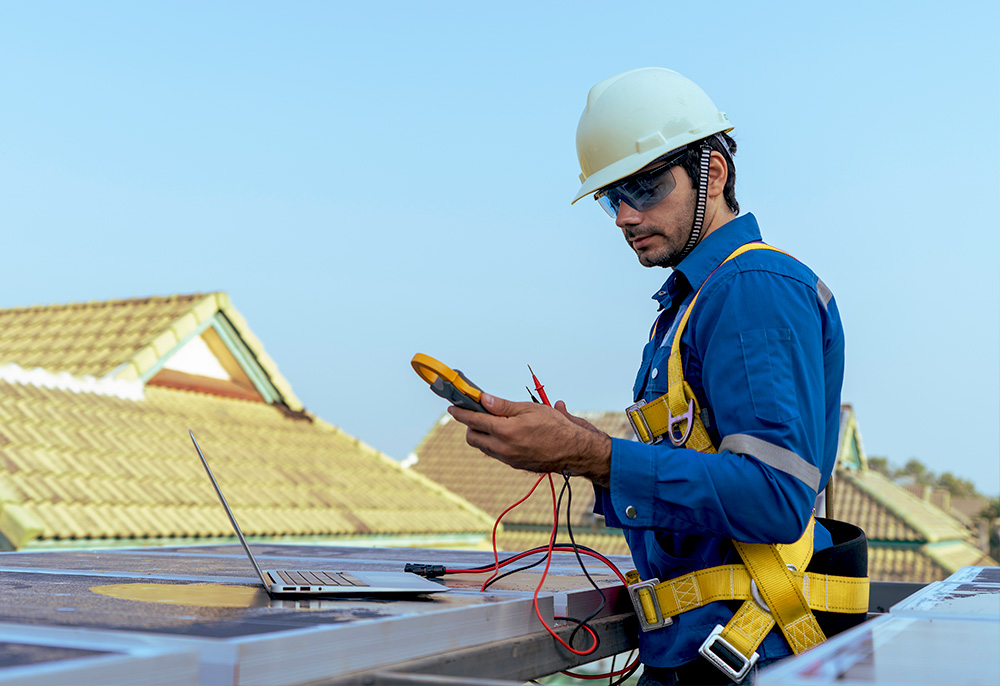
The bottom line
Solar panels require very little maintenance since they are designed for outdoor use and have no moving parts. In most cases, your PV system won’t need much outside of an annual inspection and cleaning. It is also a good idea to trim trees around the house that may be shading your panels.
The best indicator that your system is in need of some additional maintenance is a sudden drop in energy output. Your app – and even your bill, can help you identify a problem early on, in which case you should schedule a service appointment with a professional.
Depending on your solar panel installer, you may have a number of maintenance visits included in your purchase, or discounts that cover regular maintenance and cleaning. The cost of these regular visits will be minimal, and in turn ensure your system lasts you for a long, long time.
* 25-30 years is an indicative average product life for solar panels, but this will ultimately depend on the brand, quality of installation and harshness of the elements where you live. Please refer to your solar installer for specifics regarding your PV system.
![]()



